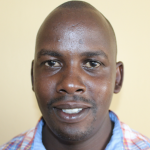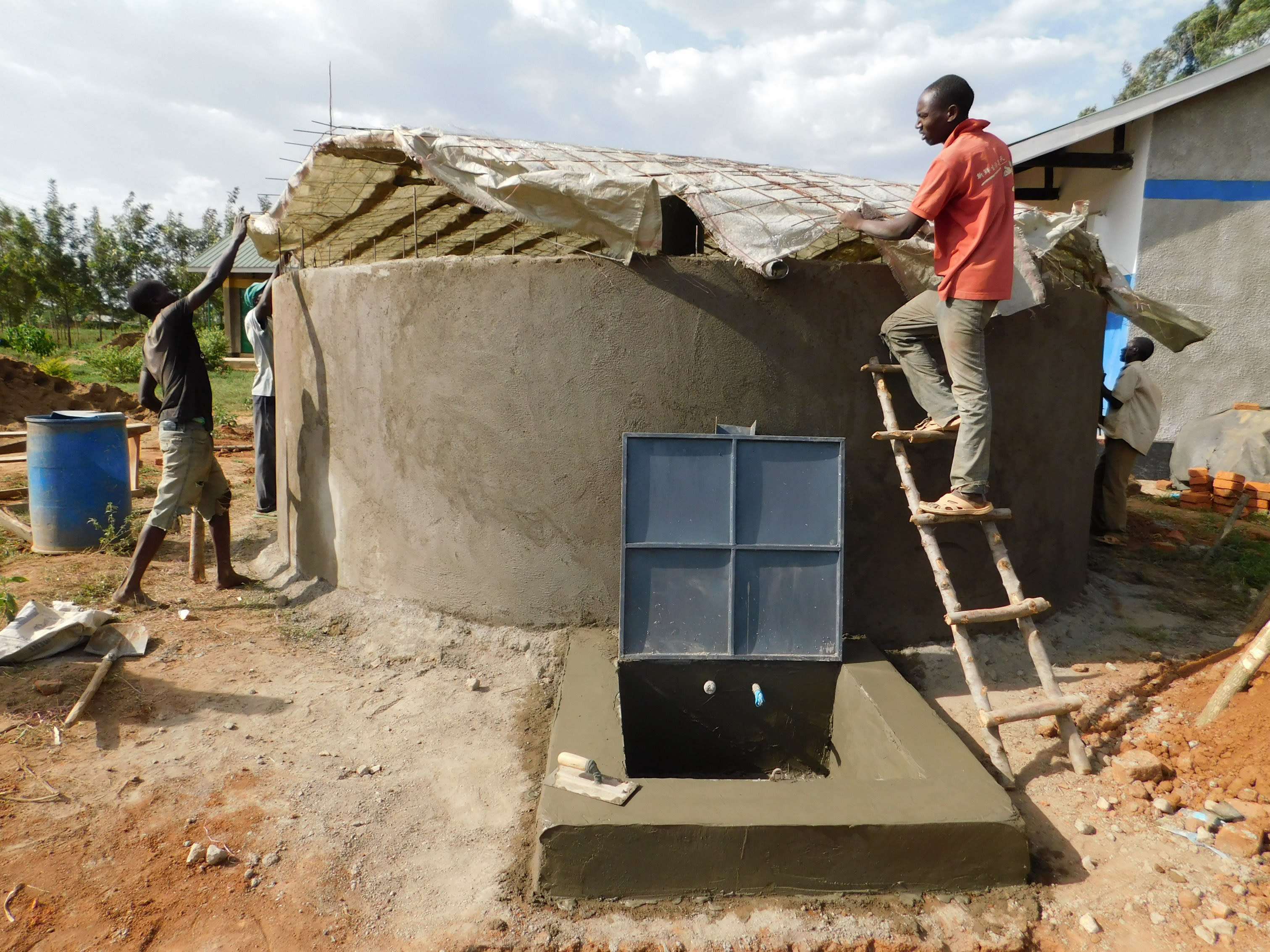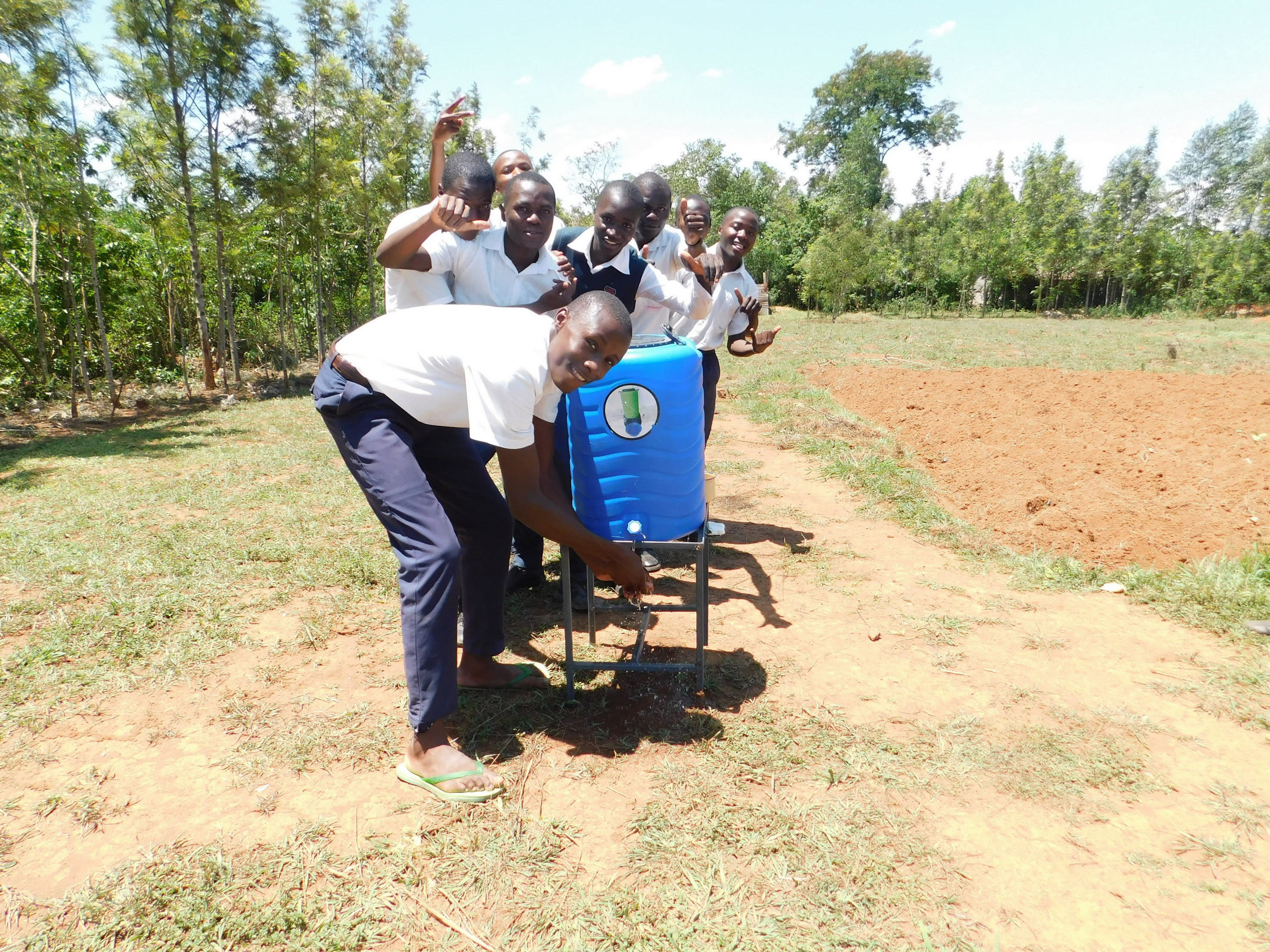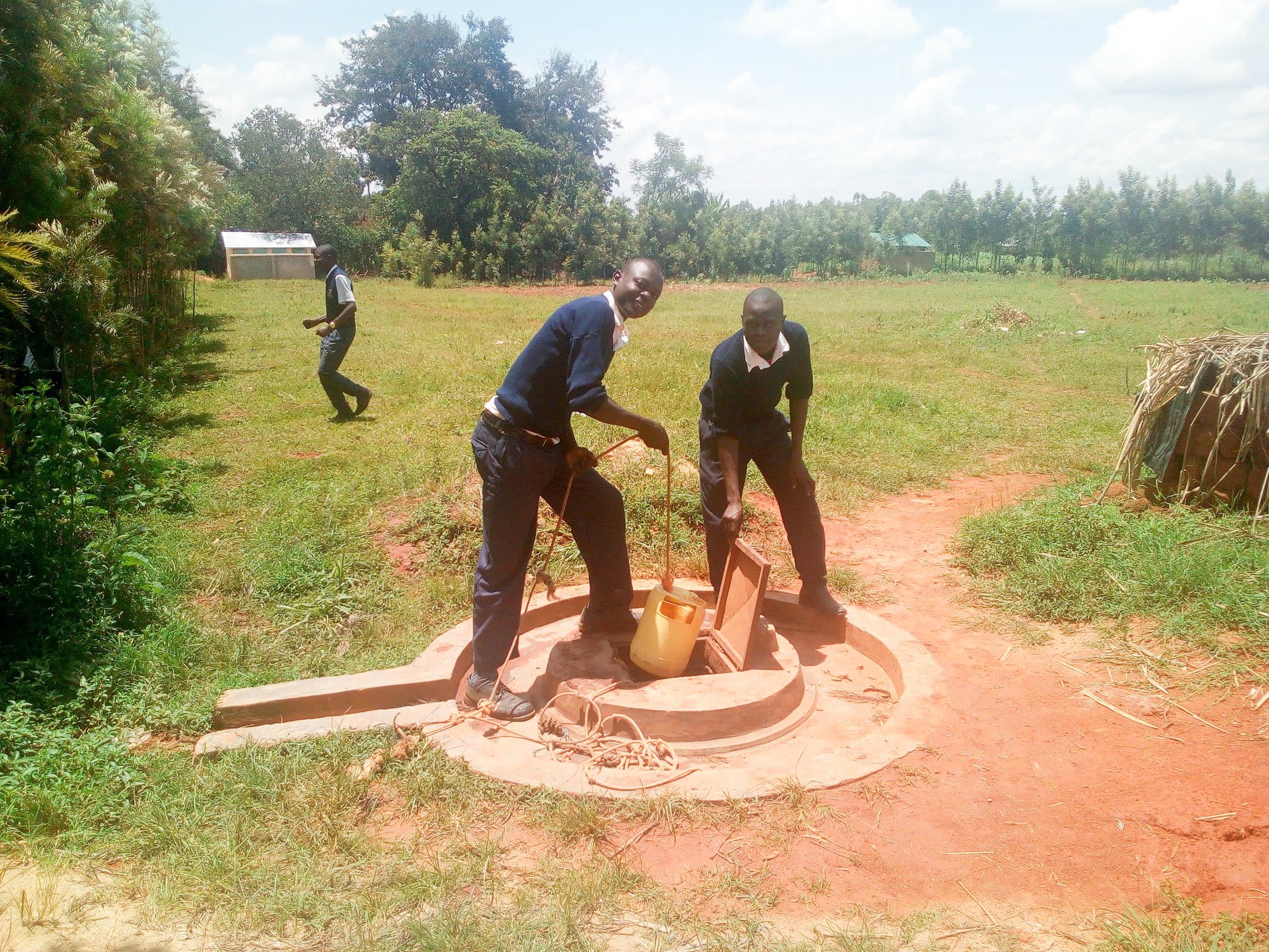A normal day at St. Mary's Namasanda Secondary School starts very early in the morning. Students report to school at 6am for study hall and chores until 7:20am when they collect litter around the school compound supervised by the teacher on duty.
Thereafter, they go to class for normal school lessons. Lessons start at 8am in the morning and each lesson takes 45 minutes. The morning has a short break for 10 minutes and a long break for a half hour. After the long break, students attend two lessons before going back home to get lunch.
After lunchtime, they proceed to class for four lessons before going for games time. They break for home at 5:30pm.
Welcome to the School
St. Mary's Namasanda Secondary School is situated in Bulimbo Village within Kakamega County. The school began in the year 2014 as one class. They used the primary school facilities until the county government purchased four acres of land.
Namasanda Secondary is a humble school in terms of infrastructure. Most of the classrooms are made of iron sheets walls and roofed with iron sheets.
Stepping into St. Mary's Namasanda, you are welcomed with brick-making work within the school compound. They started brickwork in the school by sourcing funds from the school account, according to the deputy headteacher.
The school is required to transition on its own next year. Headteacher Mrs. Rosemary Favour worries next year the school will face an acute shortage of water and other facilities if interventions are not taken. With these challenges, the school could be issued a closure notice from the department of health at any time.
Sanitation
Though the infrastructure in the school is still poor, the school compound looks good, free from liters around and the few available pit latrines are clean. They also have one form of sanitation facility - a dish rack at the school kitchen.
Students collect garbage and dispose of it in a compost pit. After some time, they dig up and reuse the waste as organic manure in a vegetable garden within the school.
The pit latrines are made of concrete plastered floors, bricked walls, iron sheet roofs with wooden doors. Some of the pits are not in use due to the bad state of the structure, and the pits are almost full.

"I am very thankful for you visiting us today to see for yourselves the challenges we have been going through. Today, at least am relieved after seeing you people. I see you as a solution to water and sanitation challenges in St. Mary's Namasanda Secondary School," Headteacher Favour said.
Water
Students gather water from a small plastic rainwater tank for drinking, cleaning their utensils, and for the school cook to prepare staff lunch. The water from this 5,000-liter tank is insufficient to meet the needs of the 127 students, nine teachers and four support staff.
Most of the plastic containers used for fetching and drinking water do not have lids. The students clean the containers by pouring a little water inside and then shaking them to loosen the dirt that settles at the bottom.
When there’s no more water in the tank, the school pays locals to go fetch water and bring it back. This water comes from unknown sources. This is expensive for the school to maintain, especially when the product is dirty water that gets students sick.
An open well exists on the property, but the water inside the hole is not protected and is clearly contaminated; the water is of poor quality - especially during the dry season when the water is either entirely gone or muddy at the bottom. While other sources are preferred, students are still fetching dirty water from this hole in the ground.
What we can do:
Training
Training on good hygiene habits will be held for two days. The facilitator will use PHAST (participatory hygiene and sanitation transformation), ABCD (asset-based community development), CTC (child to child), lectures, group discussions, and handouts to teach health topics and ways to promote good practices within the school. The CTC method will prepare students to lead other students into healthy habits, as well as kickstart a CTC club for the school.
Handwashing Stations
This CTC club will oversee the new facilities, such as handwashing stations, and make sure they are kept clean and in working condition. The two handwashing stations will be delivered to the school, and the club will fill them with water on a daily basis and make sure there is always a cleaning agent such as soap or ash.
VIP Latrines
Two triple-door latrines will be constructed with local materials that the school will help gather. Three doors will serve the girls while the other three serve the boys. And with a new source of water on school grounds, students and staff should have enough to keep these new latrines clean.
Rainwater Catchment Tank
A 50,000-liter rainwater catchment tank will help alleviate the water crisis at this school. The school will also help gather the needed materials such as sand, rocks, and water for mixing cement. Once finished, this tank can begin catching rainfall that will be used by the school’s students and staff.
We and the school strongly believe that with this assistance, standards will significantly improve. These higher standards will translate to better academic performance!

 Rainwater Catchment
Rainwater Catchment
 Rehabilitation Project
Rehabilitation Project




































